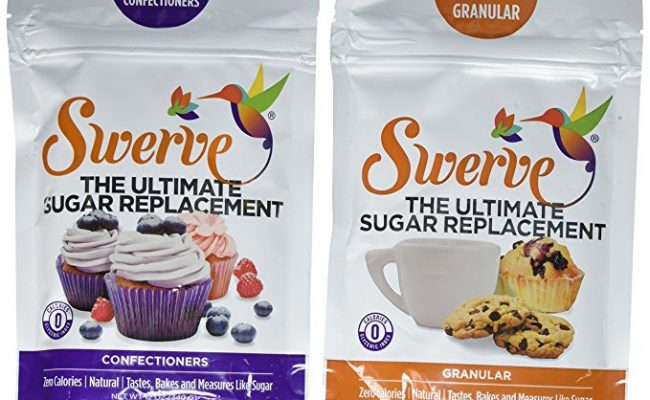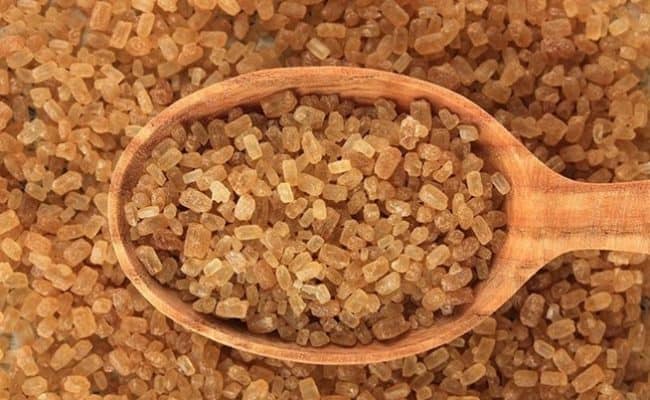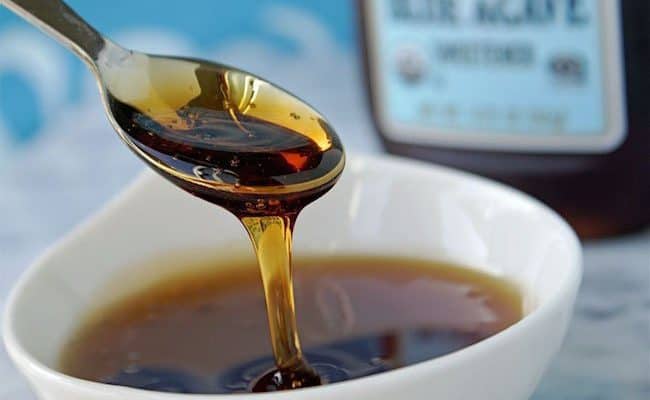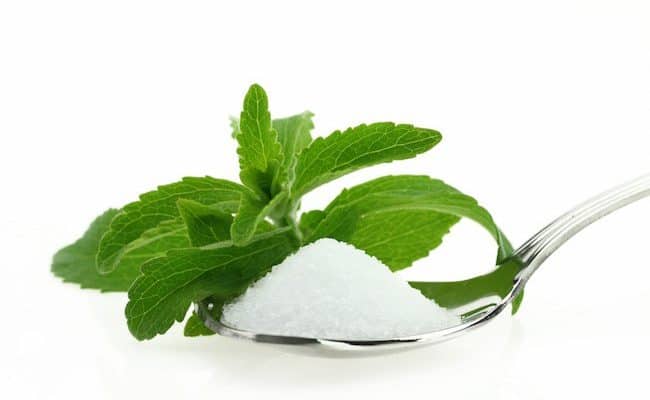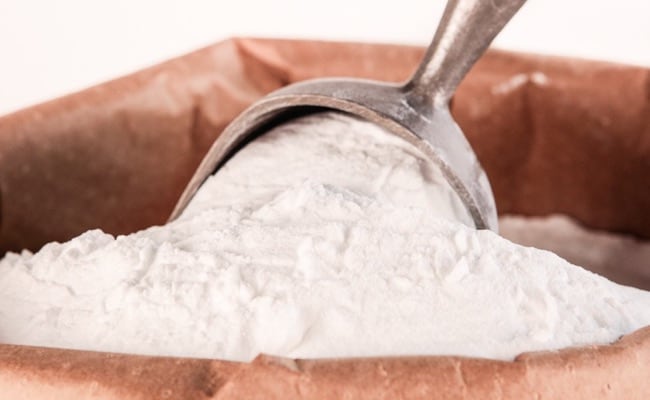
Maltodextrin is basically a long chain of glucose molecules hooked together which is also referred to as a polysaccharide. It can be made from corn, potato, rice or wheat through a highly processed method. In fact, most maltodextrin derived from wheat can still be considered gluten free because the protein from the wheat is removed during processing.
Maltodextrin does not provide natural vitamins and minerals like other carbohydrates in natural form.
Maltodextrin can be used as a sweetener or as a thickener and is found as an ingredient in many processed foods. Maltodextrin is also commonly used in sports nutrition products and may have a benefit for fueling endurance sports.
There is some question of how maltodextrin affects gut bacteria and could influence risk of bacterial growth in the gut, according to recent research studies.
Where maltodextrin is found
Maltodextrin may be in up to 10% of processed food products. It can be found in salad dressings, powdered mixes for sauces or soups, yogurt, energy bars, sports nutrition products, artificial sweeteners or other diet products.
Even though maltodextrin goes through a lot of processing, it is a fairly cheap ingredient and filler. Maltodextrin can have a mildly sweet taste and may also be used as a sweetener in food or beverages.
Maltodextrin for athletic performance
Ingesting carbohydrates before, during and after exercise can be beneficial for long endurance sporting events, especially those activities that use a high intensity.
Carbohydrate is the primary fuel for high intensity exercise, and there is a limited supply of stored carbohydrate in the body.
By ingesting extra carbohydrates before or during exercise, you may be able to exercise at a higher intensity for a longer duration that if you didn’t supplement with anything.
There is individual variance for how much carbohydrate and when you may need it during exercise. Generally, exercise less than 60 minutes would not require extra carbohydrate during exercise. Ingesting carbohydrate during exercise longer than 2 hours could be beneficial.
Maltodextrin may be advantageous over other carbohydrate sources like dextrose (which is a molecule of glucose and fructose hooked together).
Maltodextrin is less sweet compared to dextrose or fructose and may be more palatable during exercise. Also, since maltodextrin is a longer carbohydrate chain, it cases less water to be pulled into the stomach during digestion compared to dextrose which can lower gastrointestinal distress during exercise.
A 2011 study from Human Movement found that when mountain bikers were supplemented with a maltodextrin solution 20 minutes before a competition, they had better performance result compared to the placebo group of mountain bikers.
A 2011 research study from Massey University also suggests a mix of maltodextrin and fructose may be advantageous during long endurance events.
Gut bacteria
The bacteria in our gut and how it affects the rest of the human body is a current hot topic of research, as more studies are suggesting gut bacteria influences many areas of the body. Diet is also known to influence the gut bacteria type and amount.
Things we eat and drink can promote harmful or beneficial bacteria growth in the large intestine.
Research from the Cleveland Clinic has recently suggested that maltodextrin may affect gut bacteria. Maltodextrin may actually help harmful bacteria grow in the intestine and limit the growth of beneficial probiotics.
If someone eats a diet high in foods that have maltodextrin, the gut bacteria may be altered and may increase the risk for developing inflammatory bowel conditions.
This could be a negative consequence for eating foods with maltodextrin in them and may be a reason to watch your intake.
Resistant maltodextrin
However, resistant maltodextrin may actually help beneficial bacteria grow in the intestine and can act like dietary fiber in the body. Resistant maltodextrin has different bonds connecting the glucoses together that can’t be digested as easily as other carbohydrates.
Resistant maltodextrin seems to have the opposite effect of maltodextrin in that it promotes the growth of beneficial bacteria, which can be a good thing.
How do you know if you are getting maltodextrin or resistant maltodextrin?
It is not always clear on food labels, so sometimes it may be hard to know. More research is needed to clarify the relationship between maltodextrin, gut bacteria and other health parameters.
Is it bad for you?
Like most things in the world of nutrition, before judging a food as good or bad you must ask another question. How much of it are you eating?
Most things that are eaten too much can be harmful. If your diet is comprised of mainly processed foods, you may be getting a fair amount of maltodextrin that could cause gastric distress.
However, it does not appear yet that maltodextrin at any level is considered harmful. It may be beneficial in endurance exercise, and resistant maltodextrin may also stimulate the growth of beneficial bacteria.
If you think maltodextrin may be causing some negative health effects, speak with a registered dietitian or other health professional for more information.
References used in this article
